Announcing the shortlist for the Open City Stewardship Awards
In the wake of the recent IPCC report on climate change, it is clearer than ever that conventional approaches to urban development at all scales require strategic rethinking. It is in this spirit that, earlier this year, we established the inaugural Open City Stewardship Awards, championing long term care of the urban environment.
The awards acknowledge explicitly that the answers cannot lie only in the design and construction of new things, but in the maintenance, care and adaptation of existing places. They also acknowledge that the rapid learning process we must all engage in doesn’t only rely on architects and designers, but estate and facilities managers, landscape architects, local authorities, community groups and many more as well. A holistic approach to the challenges of the future must include care for communities as well as technical innovation.
We are now delighted to reveal the shortlist, spanning five categories and including a range of professions, contexts and outputs. Most projects will be participating in the Open House Festival (check out the dedicated Stewardship collection to plan your visit and find out more), and we will soon be embarking on a public programme exploring the lessons learned from them and where we’d like to go from here.
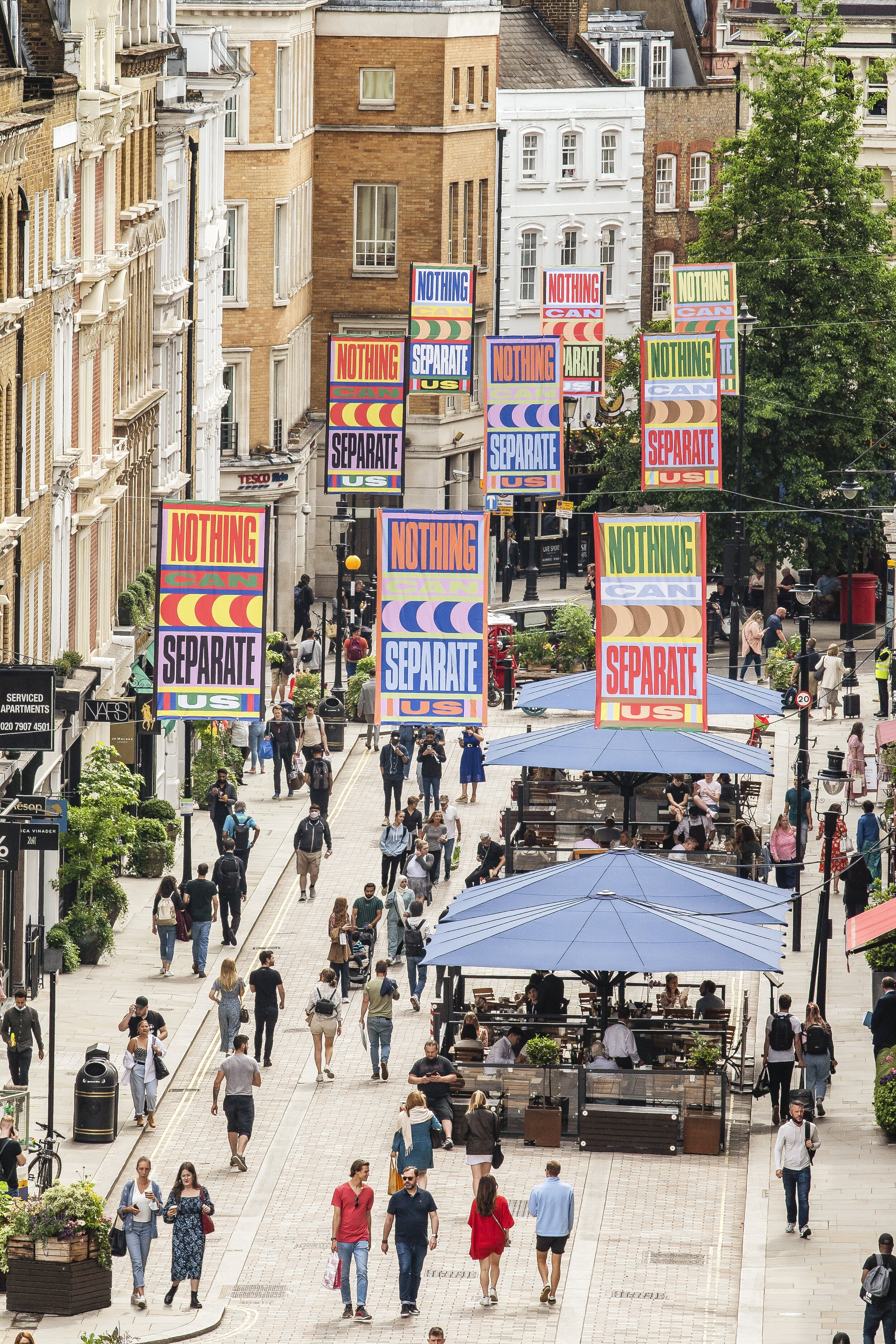
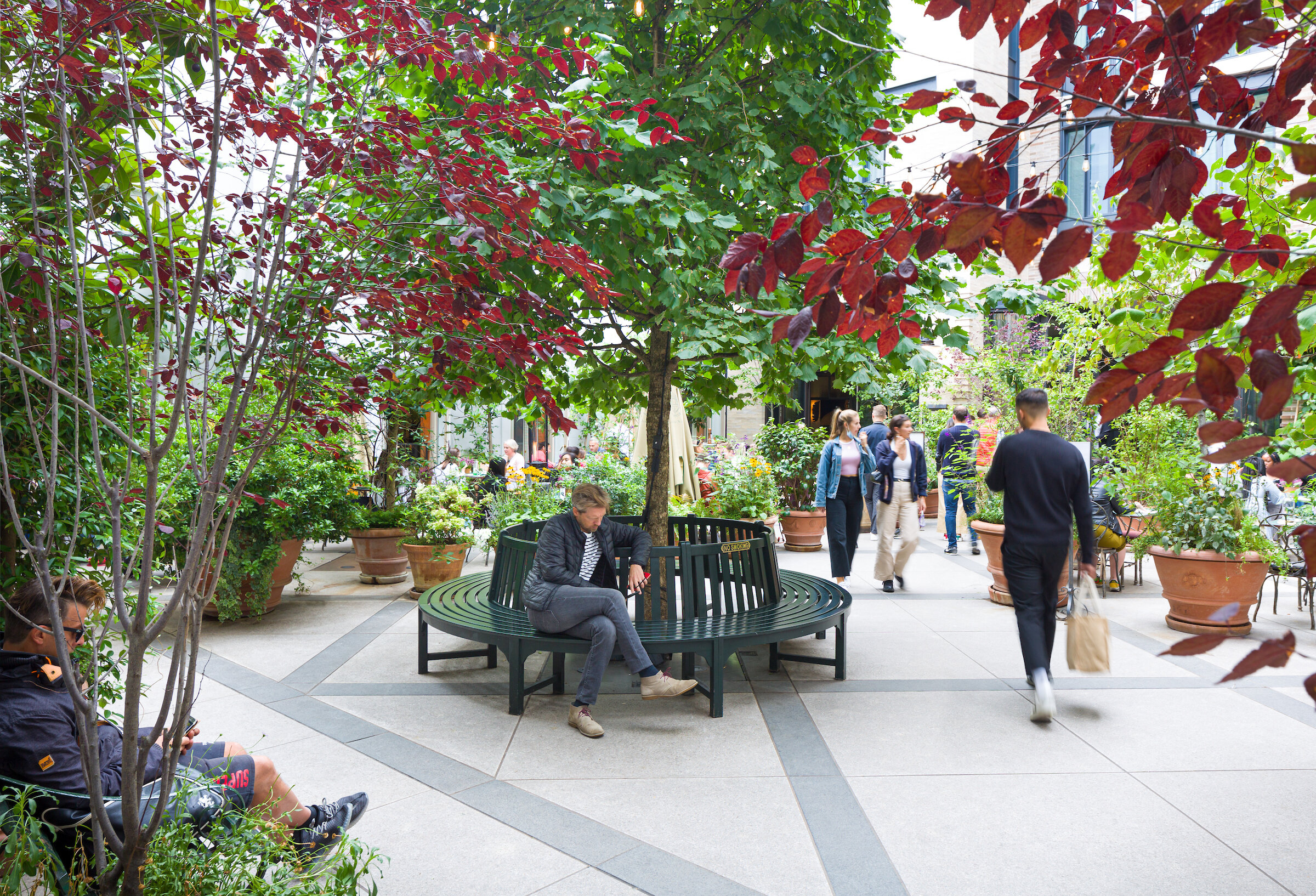
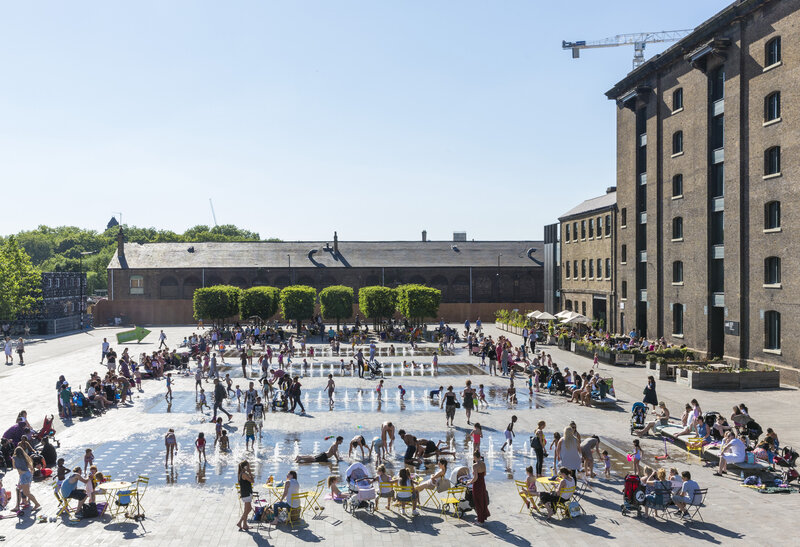
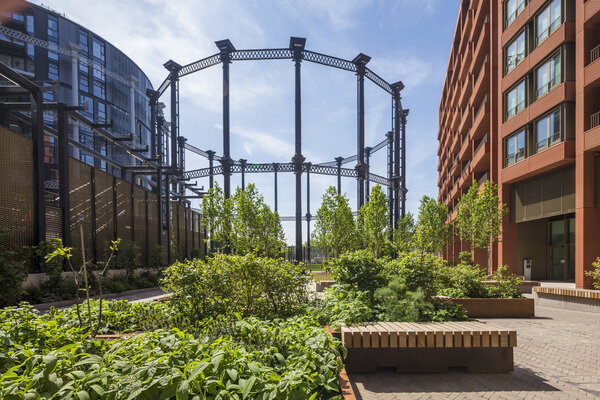
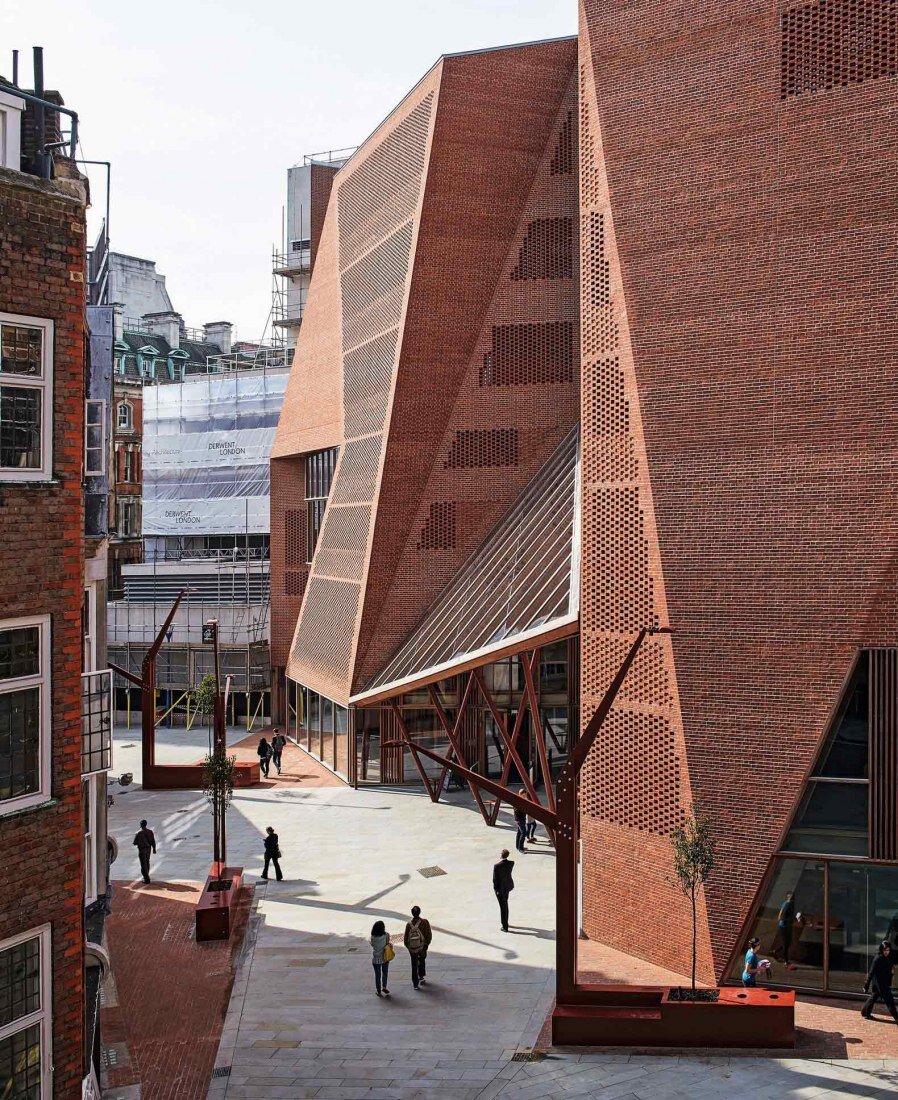

Outstanding Estate Management
LSE’s Aldwych Campus
A carefully managed academic campus which, though its commissioning process, pays careful attention to post-occupancy evaluation, whole life costing and maintenance.Argent, King’s Cross
A 67 acre development in Central London being transformed into a new city quarter with 20 regenerated heritage buildings, new homes, offices, public spaces, shops, galleries, bars, restaurants, schools and a university.Capital and Counties, Covent Garden
This iconic London destination has been managed for the past 15 years by Capital and Counties with a hands-on approach, and operational support from Incentive FM.
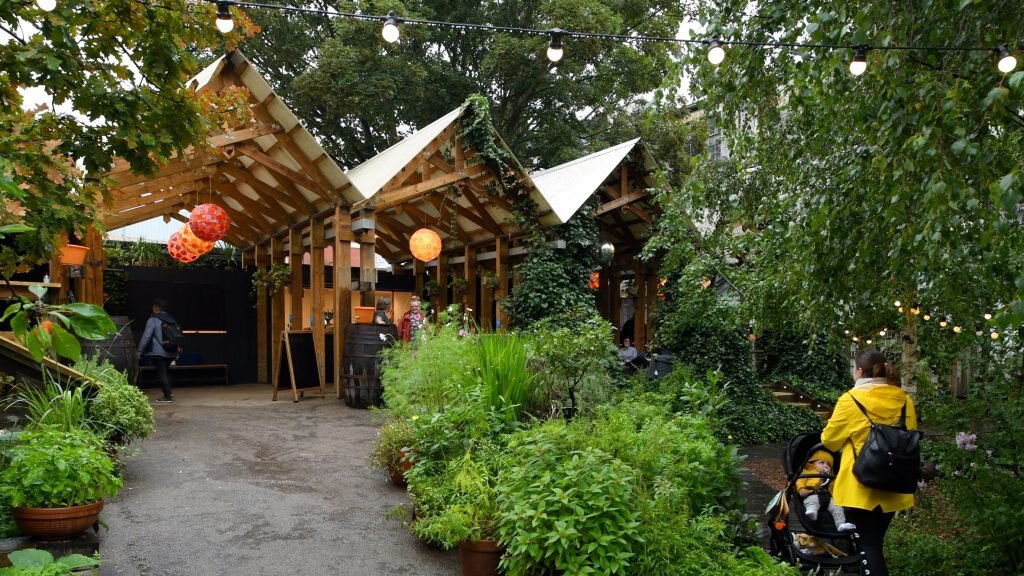

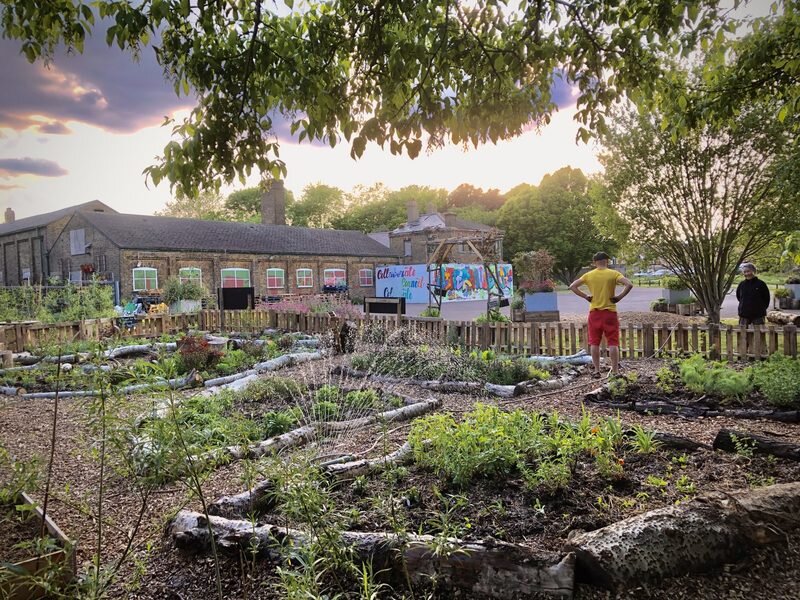
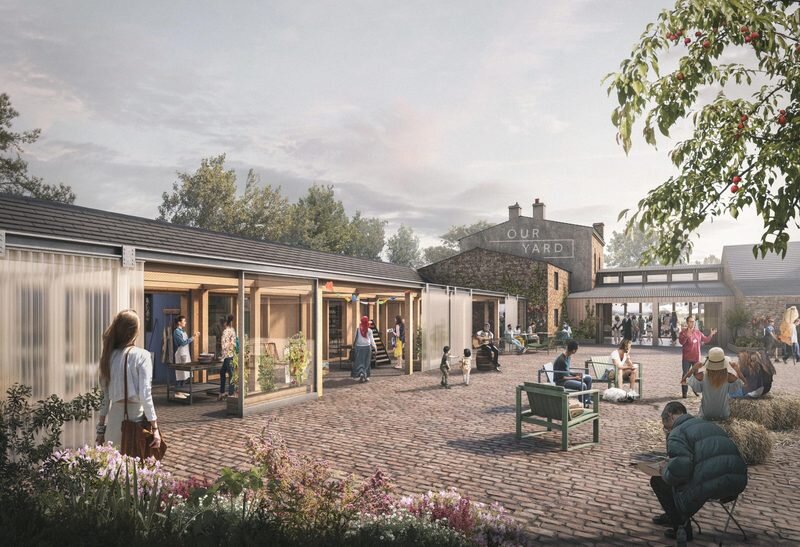
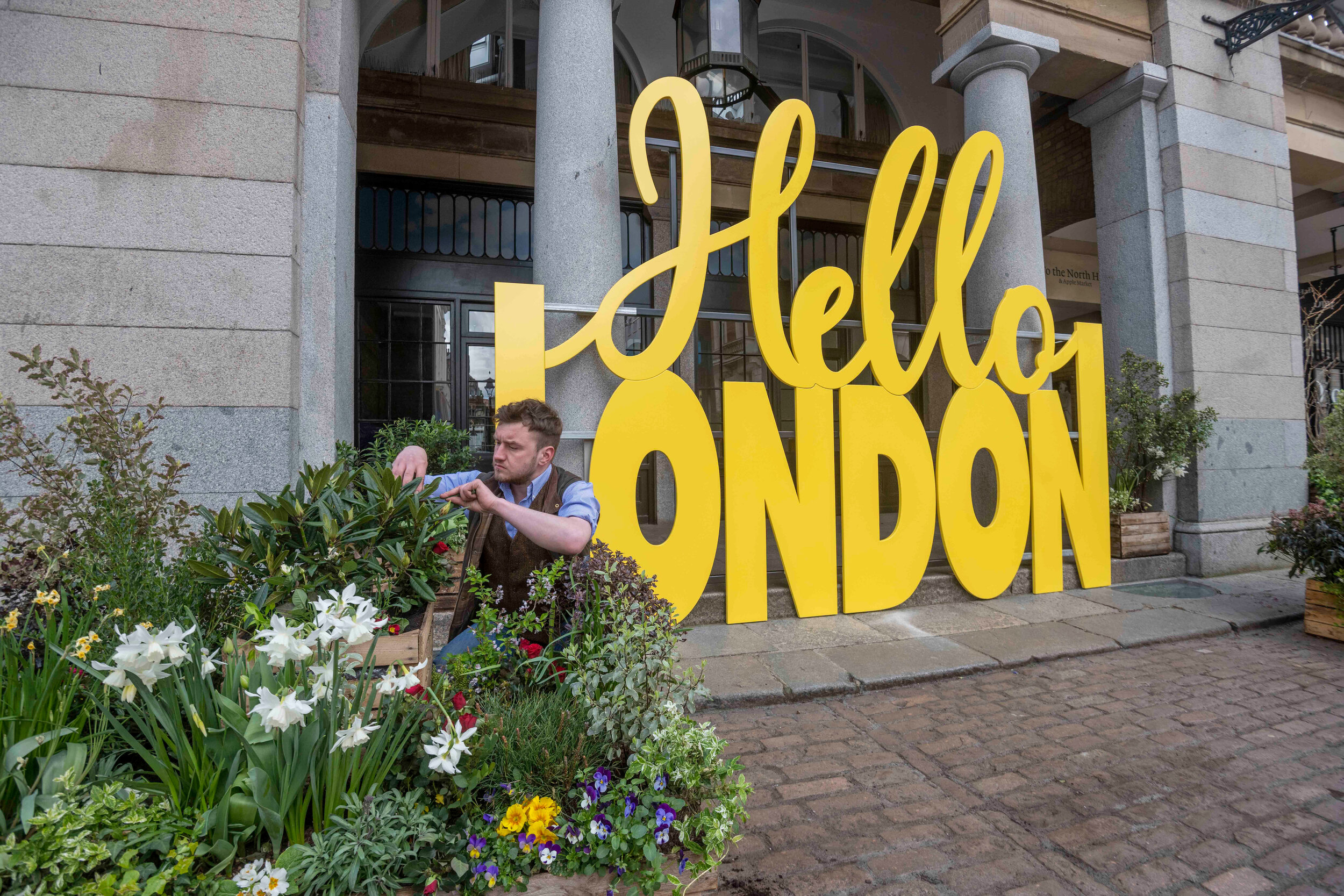
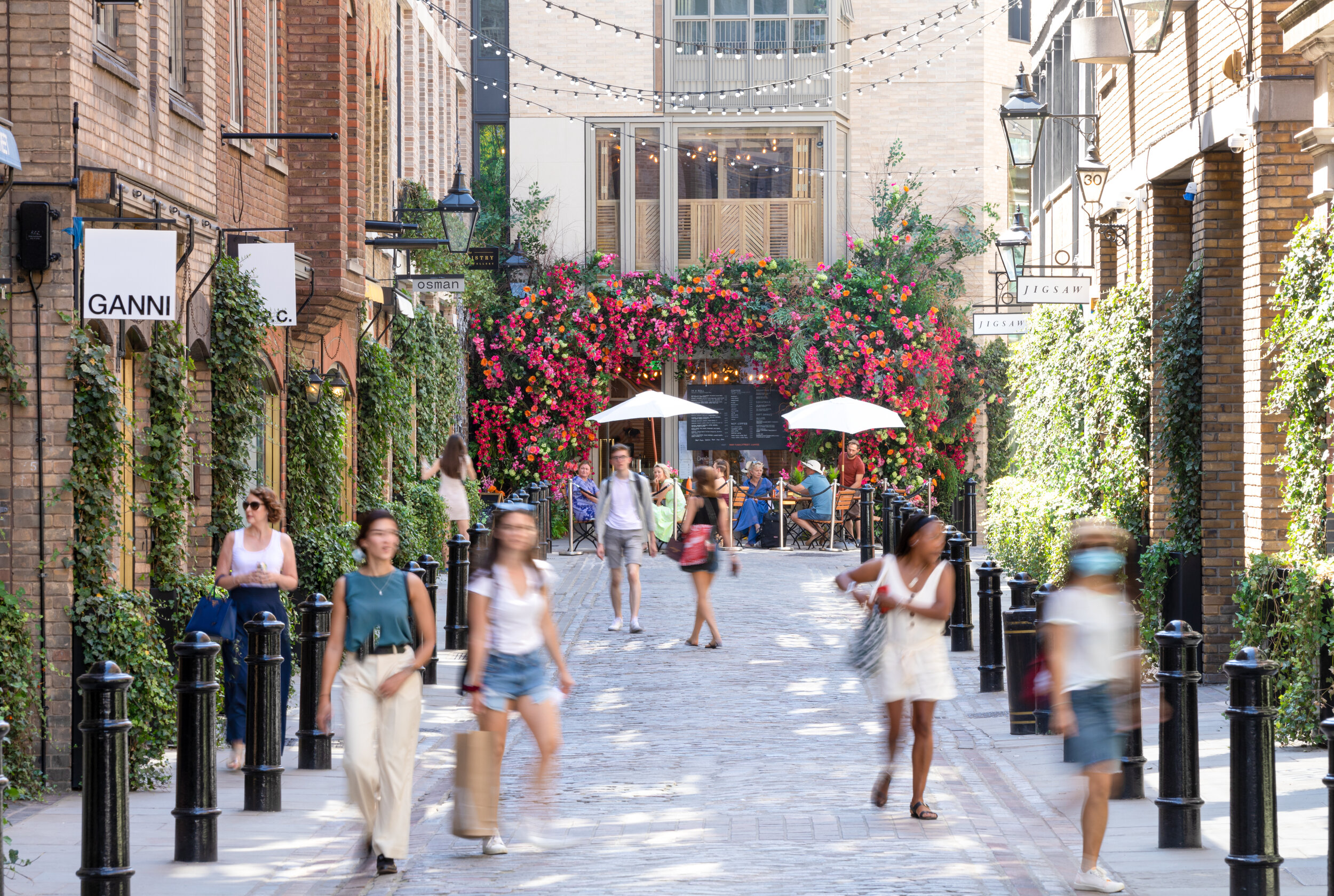
Open Space Stewardship
Dalston Eastern Curve Garden
A vital community garden offering a model for maximum good for communities and for the environment on a small urban plot. It is now a site of Local Importance for Nature Conservation.Clitterhouse Farm Garden
Our Yard at Clitterhouse Farm is a grassroots project working to protect historic Victorian farm outbuildings and transform the entire site into a vibrant and sustainable community hub.Incentive FM, Covent Garden
Incentive FM have taken an in-house approach to resourcing their greening and biodiversity objectives with the appointment of a dedicated Horticultural Supervisor.
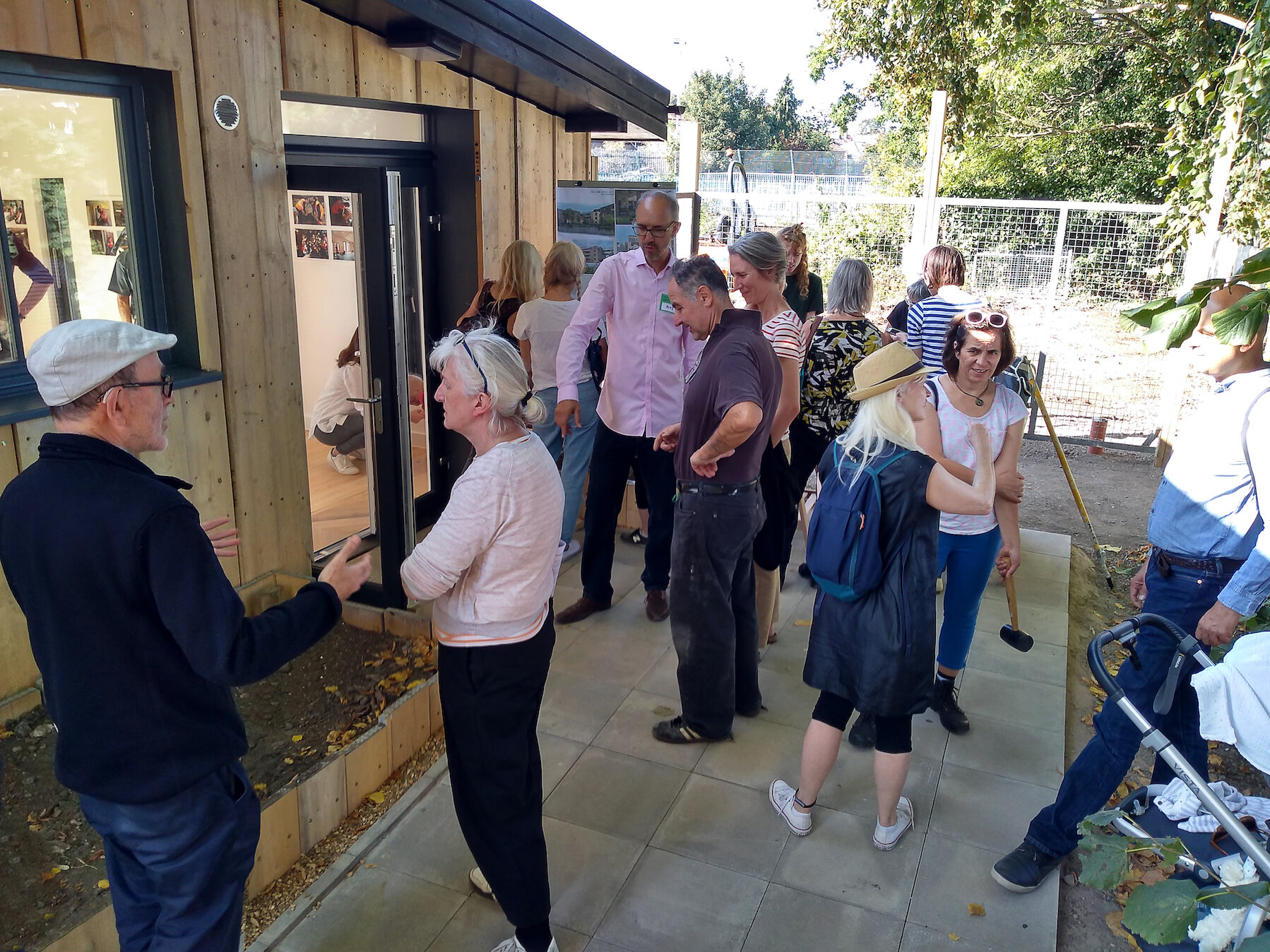
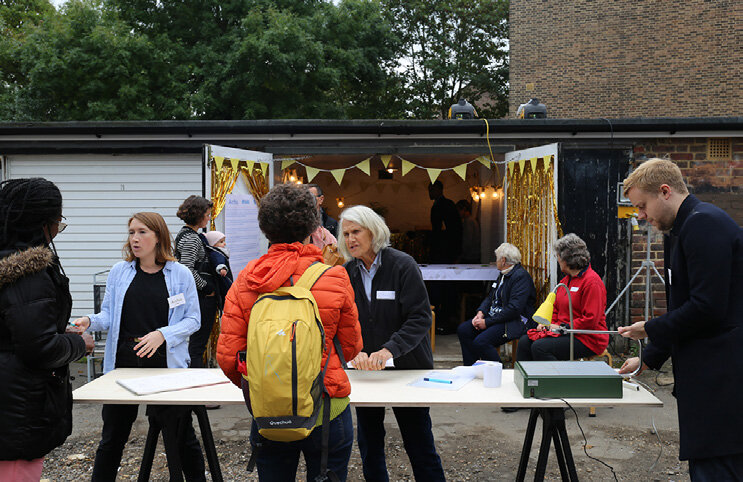
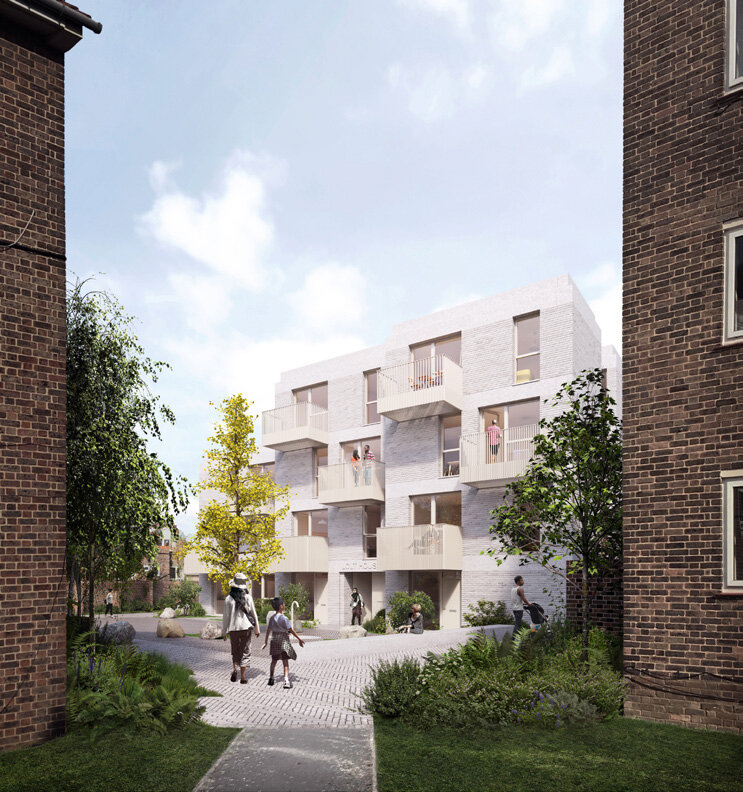
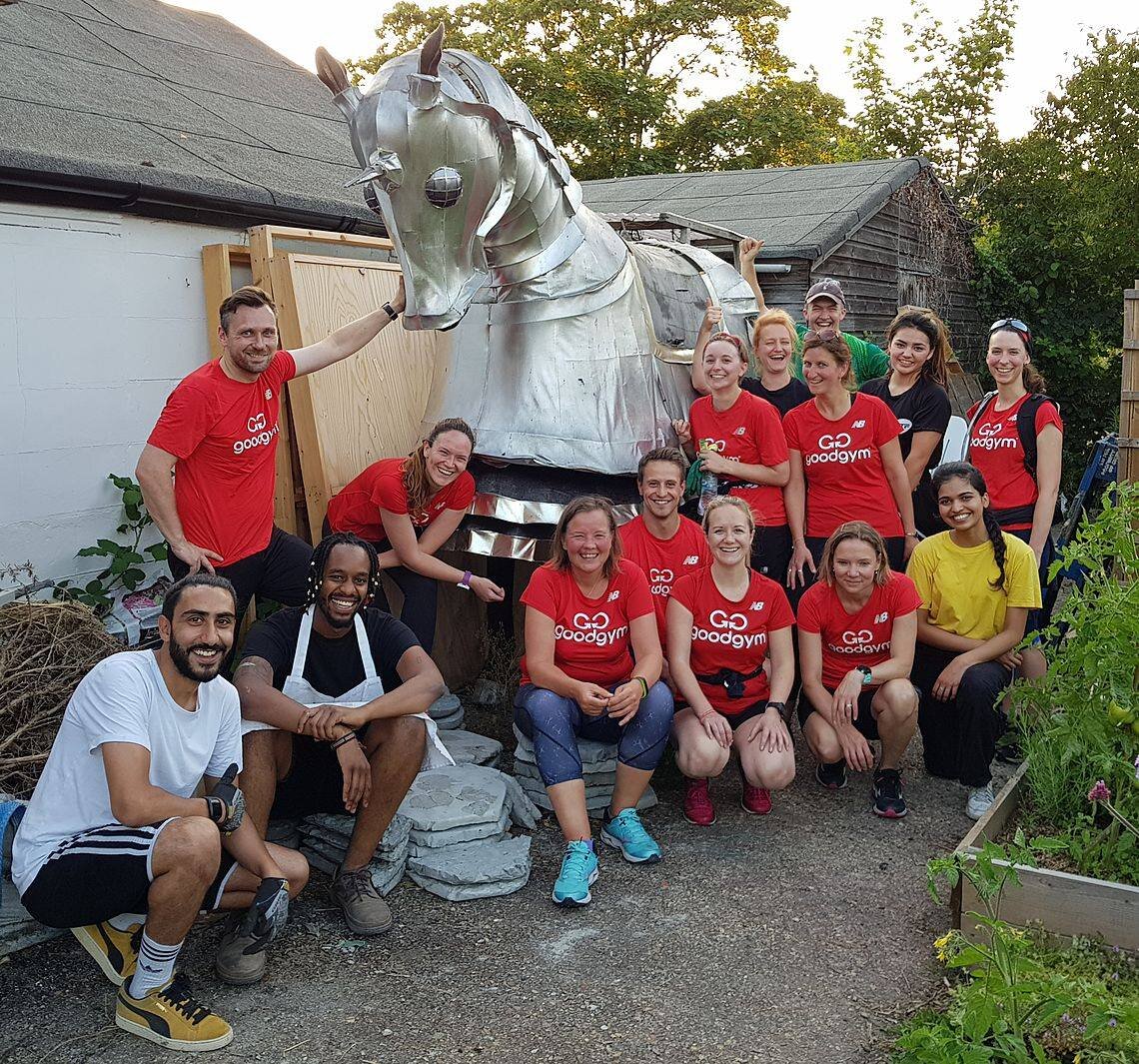
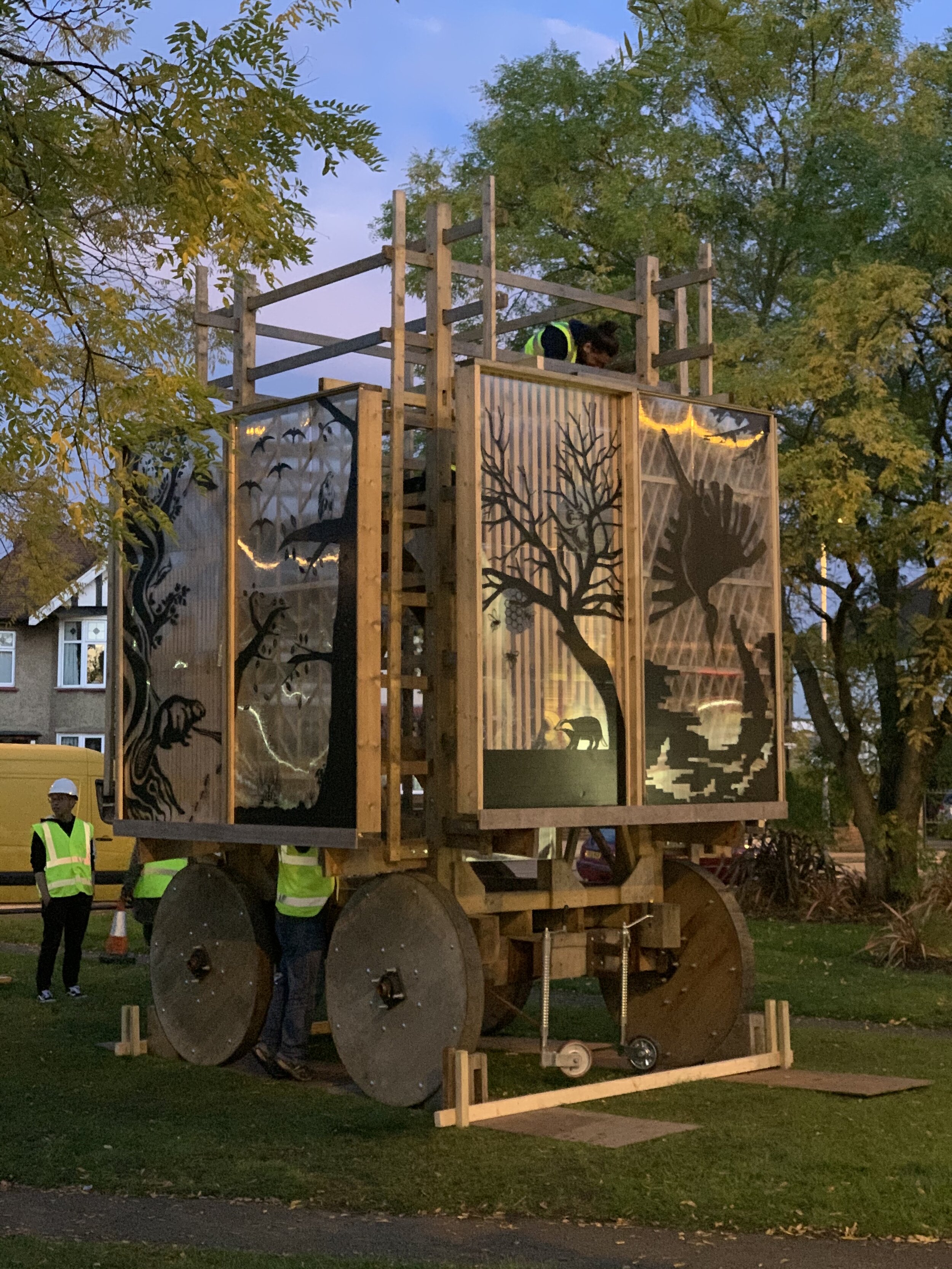
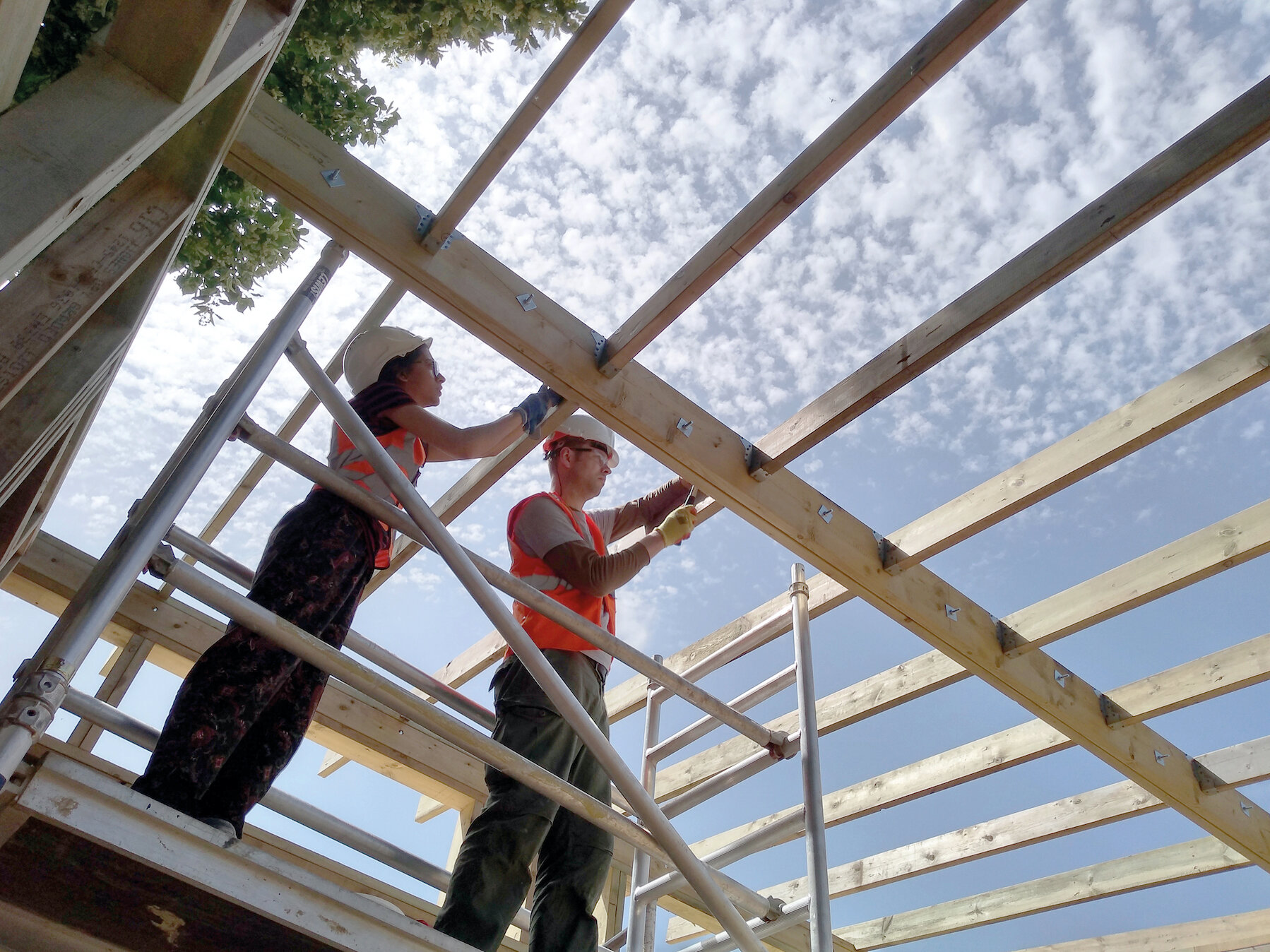
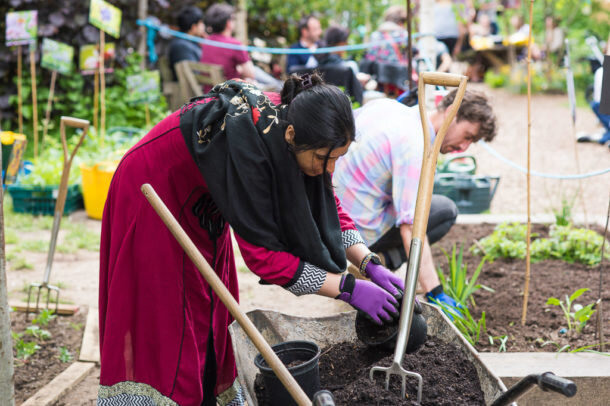
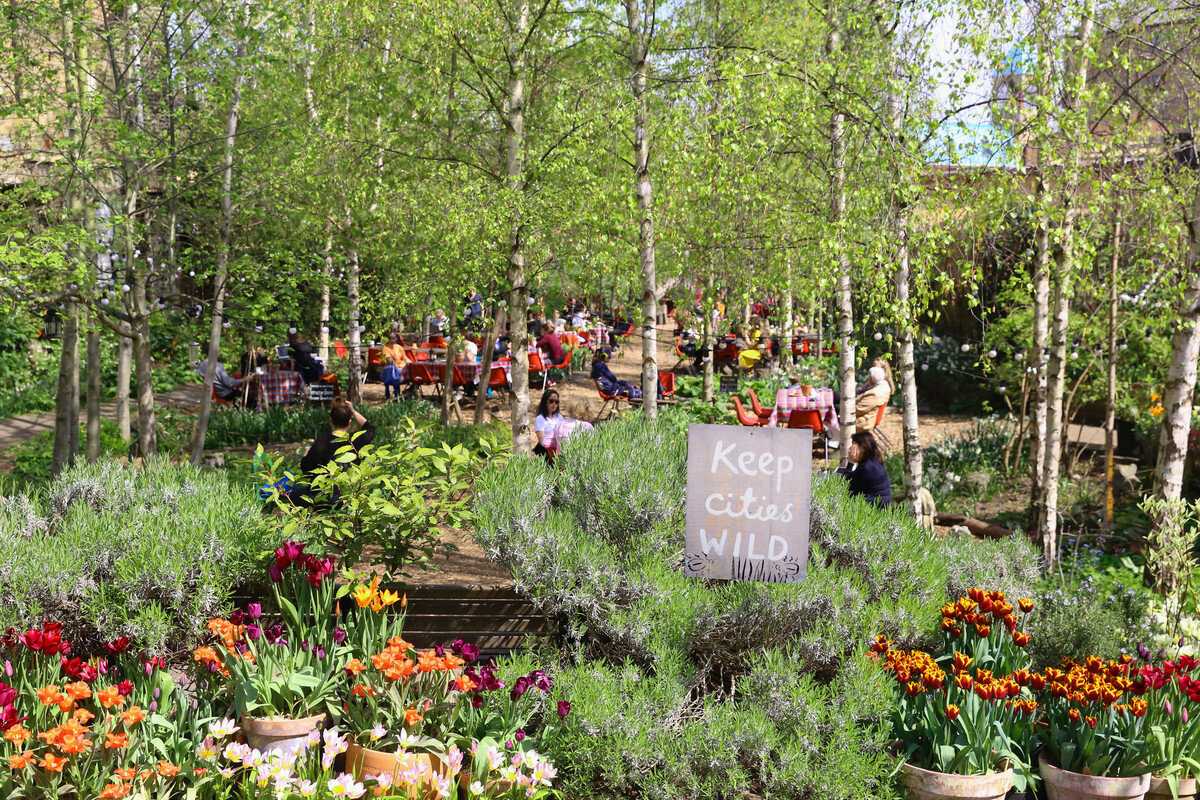
Social Stewardship
Dalston Eastern Curve Garden
The garden employs a model of shared stewardship and deep community investment, forged through relationships with local schools, community groups and campaigning groups.RUSS, Church Grove
A mixed-tenure CLT development of 36 units aiming to establish a community reflecting the diversity of surrounding neighbourhoods, currently under construction.Archio, London CLT and Lewisham Citizens, Brasted Close
This project for 11 homes is the result of a campaign by local people to build affordable homes on surplus council-owned land, and will be among the first CLT homes completed in London.The Community Brain, SHEDx Tolworth
A meanwhile project developed by The Community Brain as a hub for activities exploring rewilding, access to local green space, and other initiatives including a new community farm.
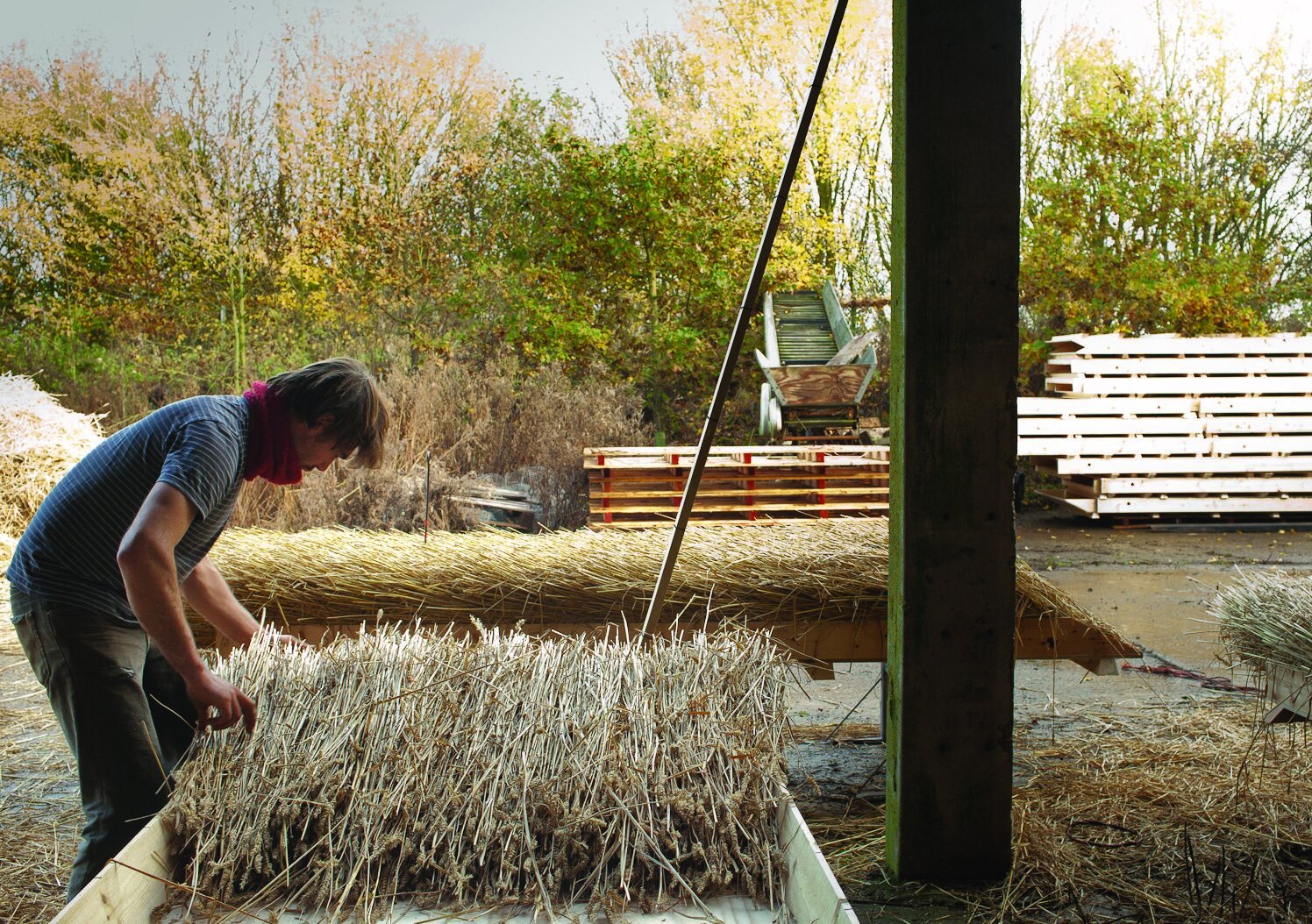
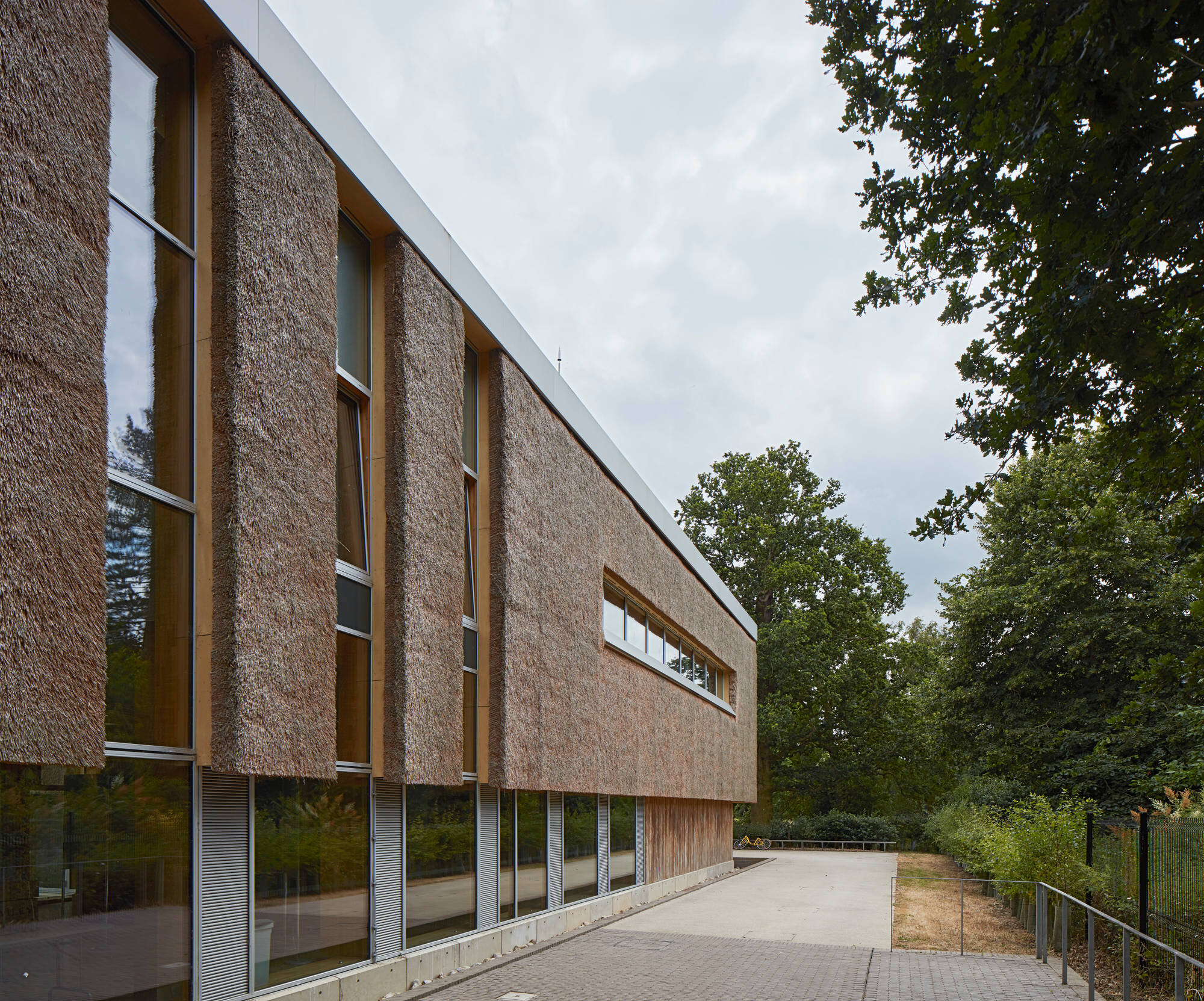
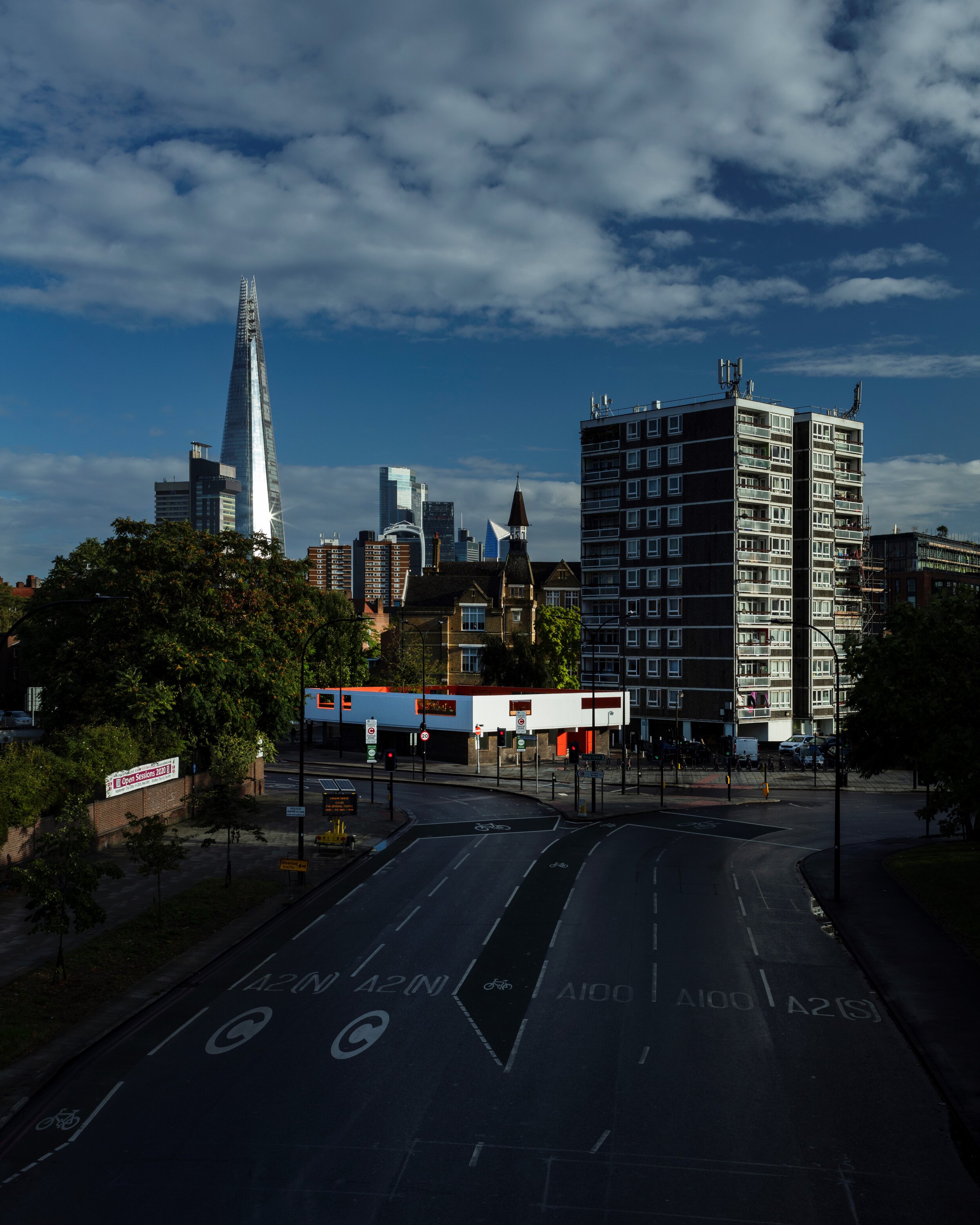

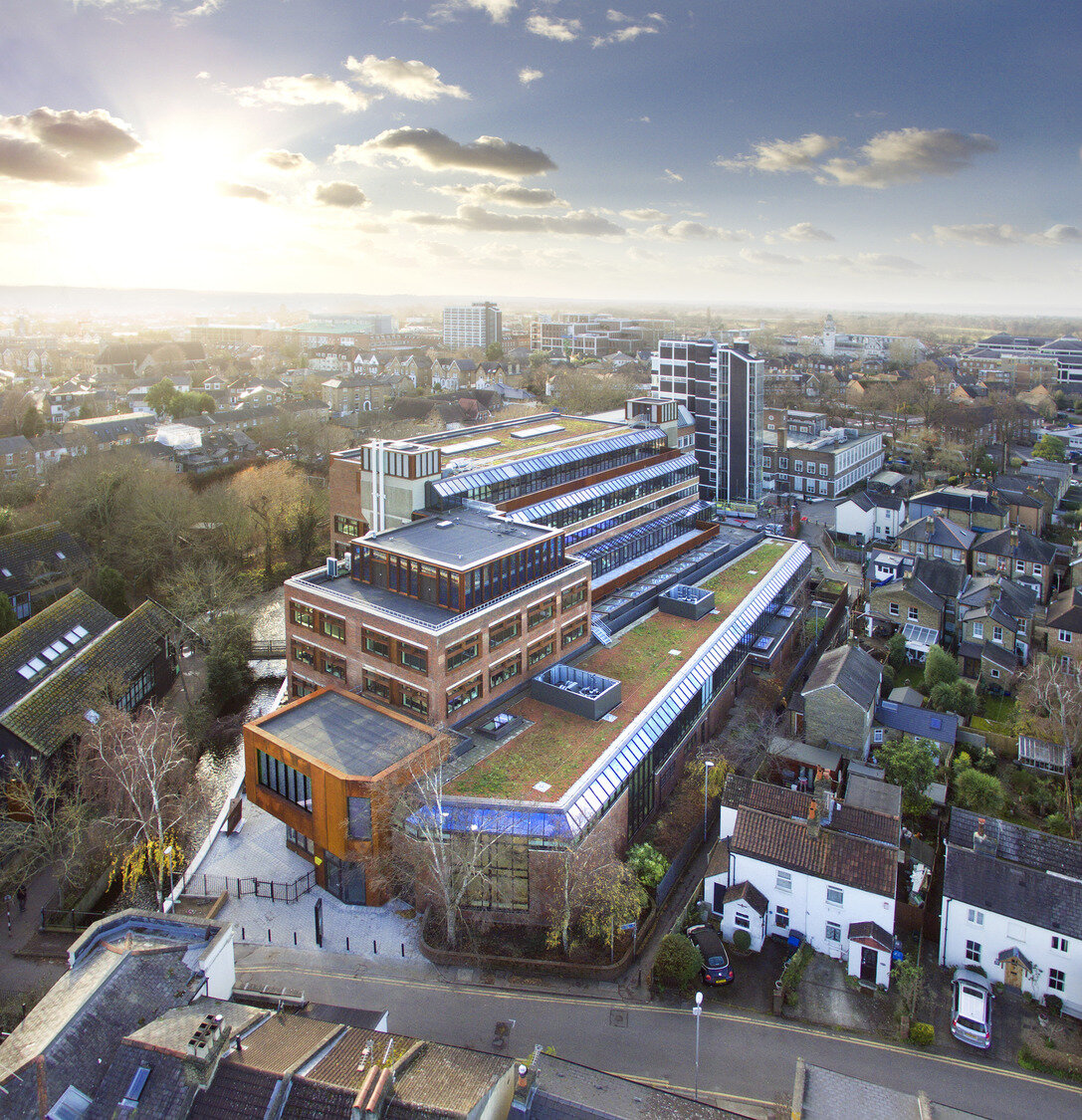
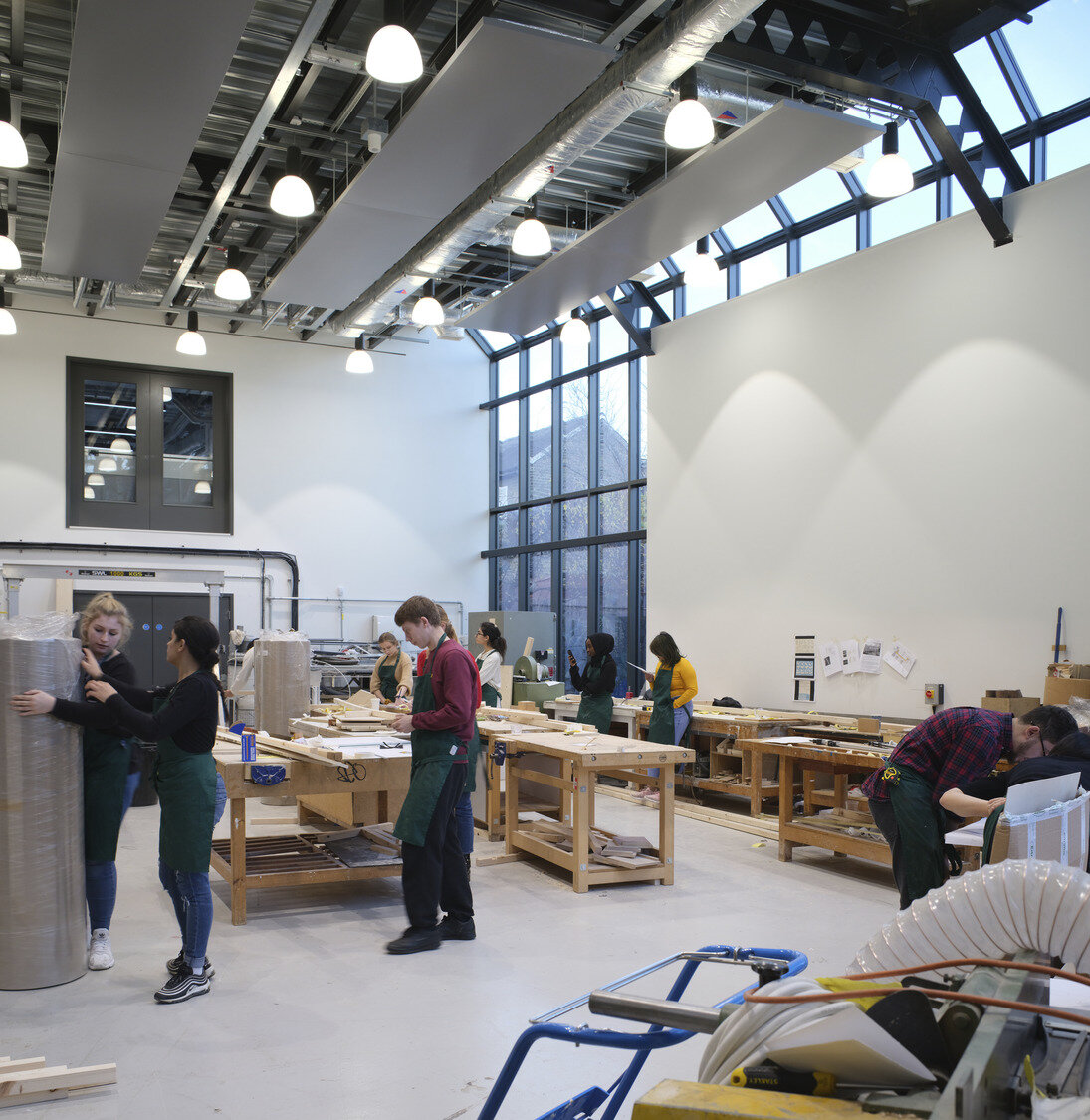
Materials and Resource Management
Sanchez Benton, Peveril Gardens and Studios
A garden atop a former parking structure at the base of tower block Peveril House. With the base of the structure now a set of artists studios, also refurbished using minimal interventions and the reuse of existing components.Architype, The Enterprise Centre
A pioneering thatched building for the University of East Anglia, designed according to whole-life carbon principles and with the innovative use of natural and bio-based materials.Haworth Tompkins, Kingston School of Art
The refurbishment of a 1970s university building, bringing expanses of under-utilised flat roofs into use and connecting with the riverfront with an outdoor gallery and stone workshops.
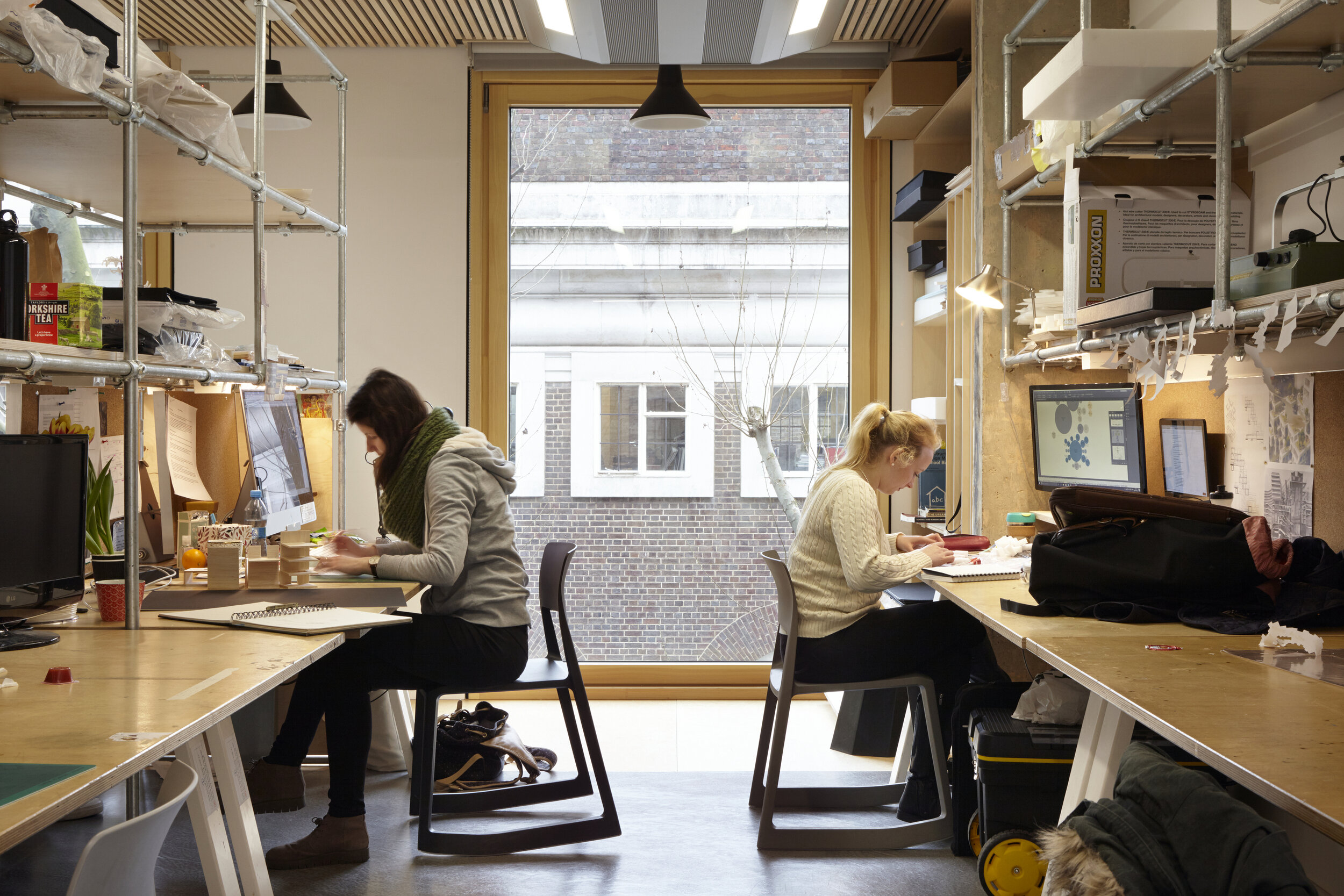
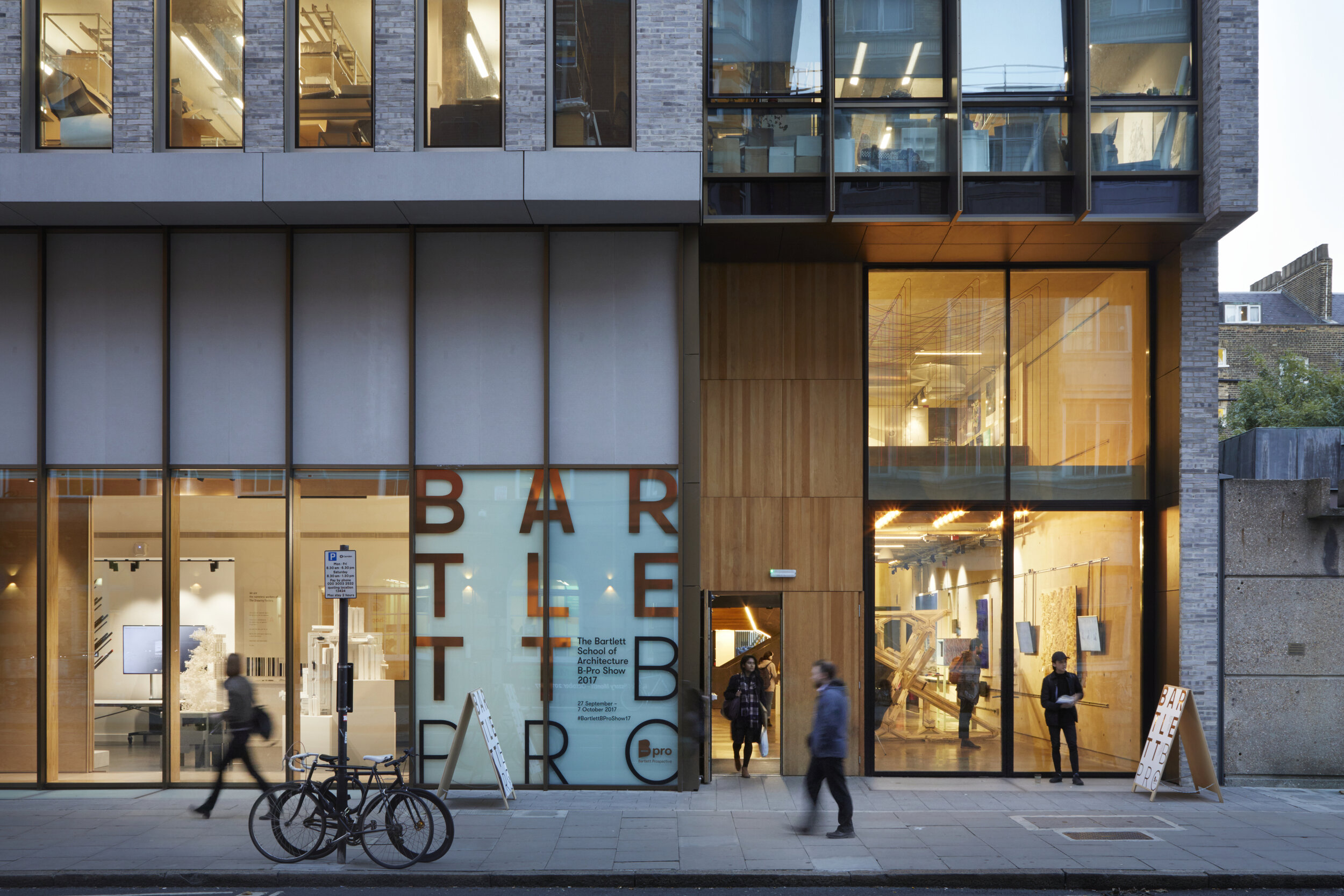
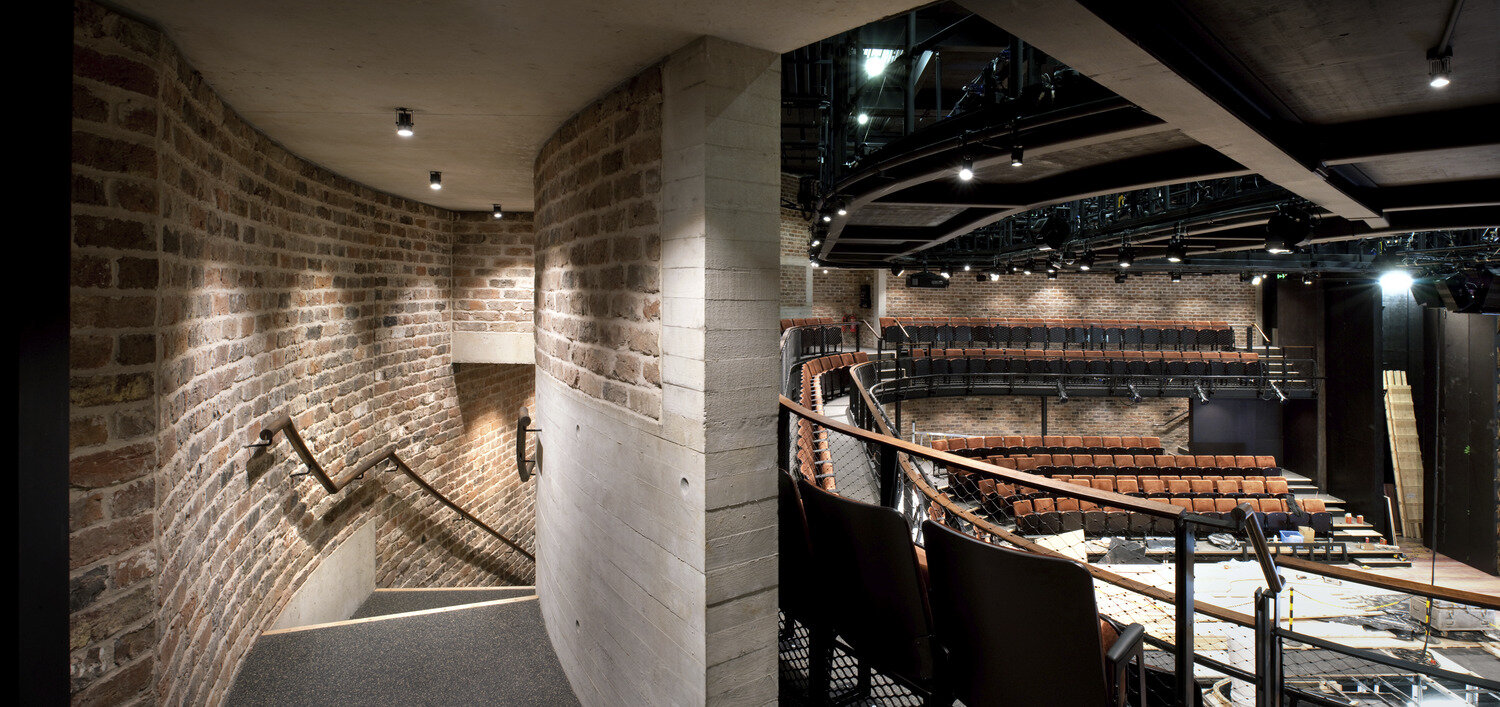

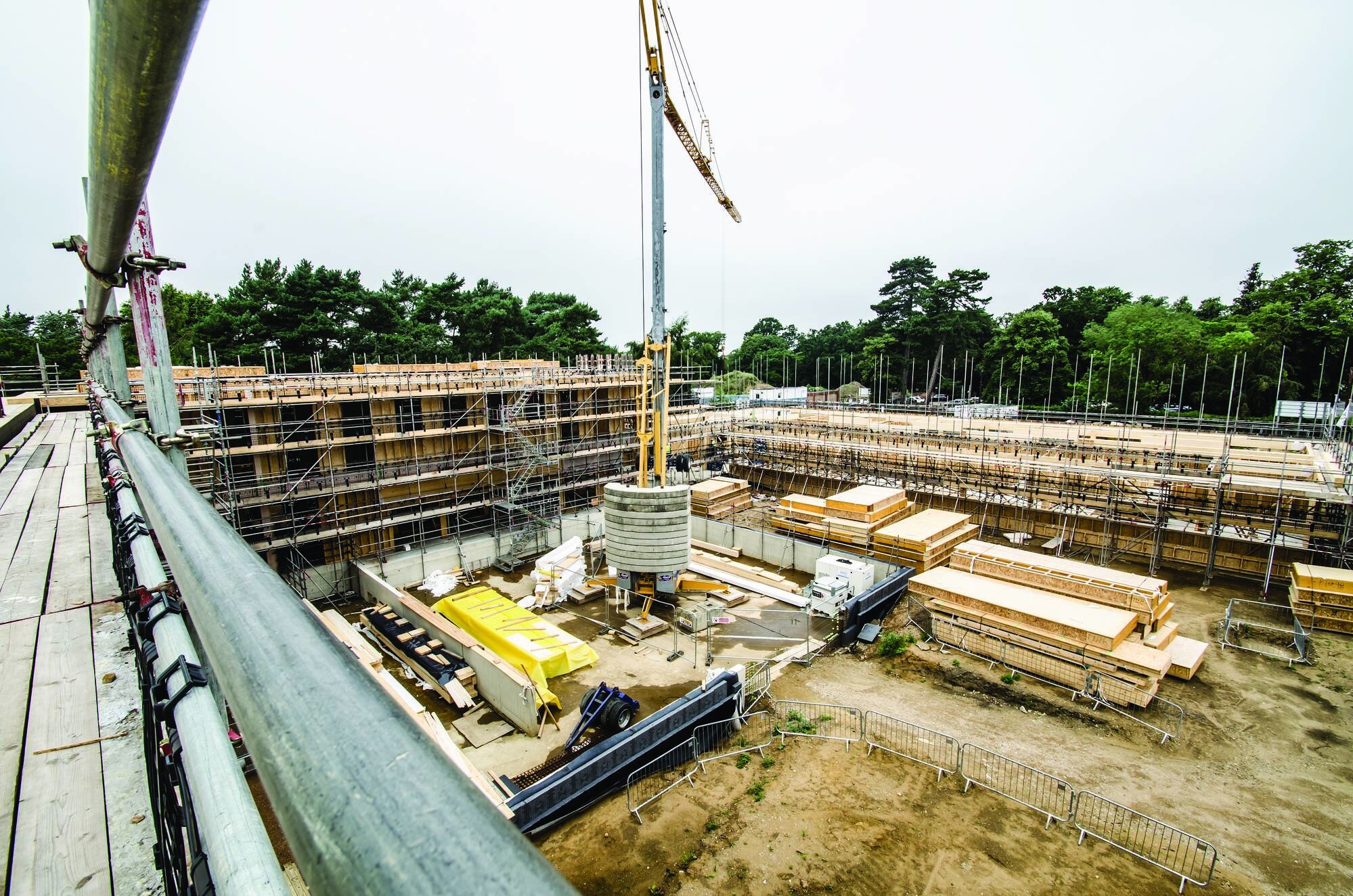
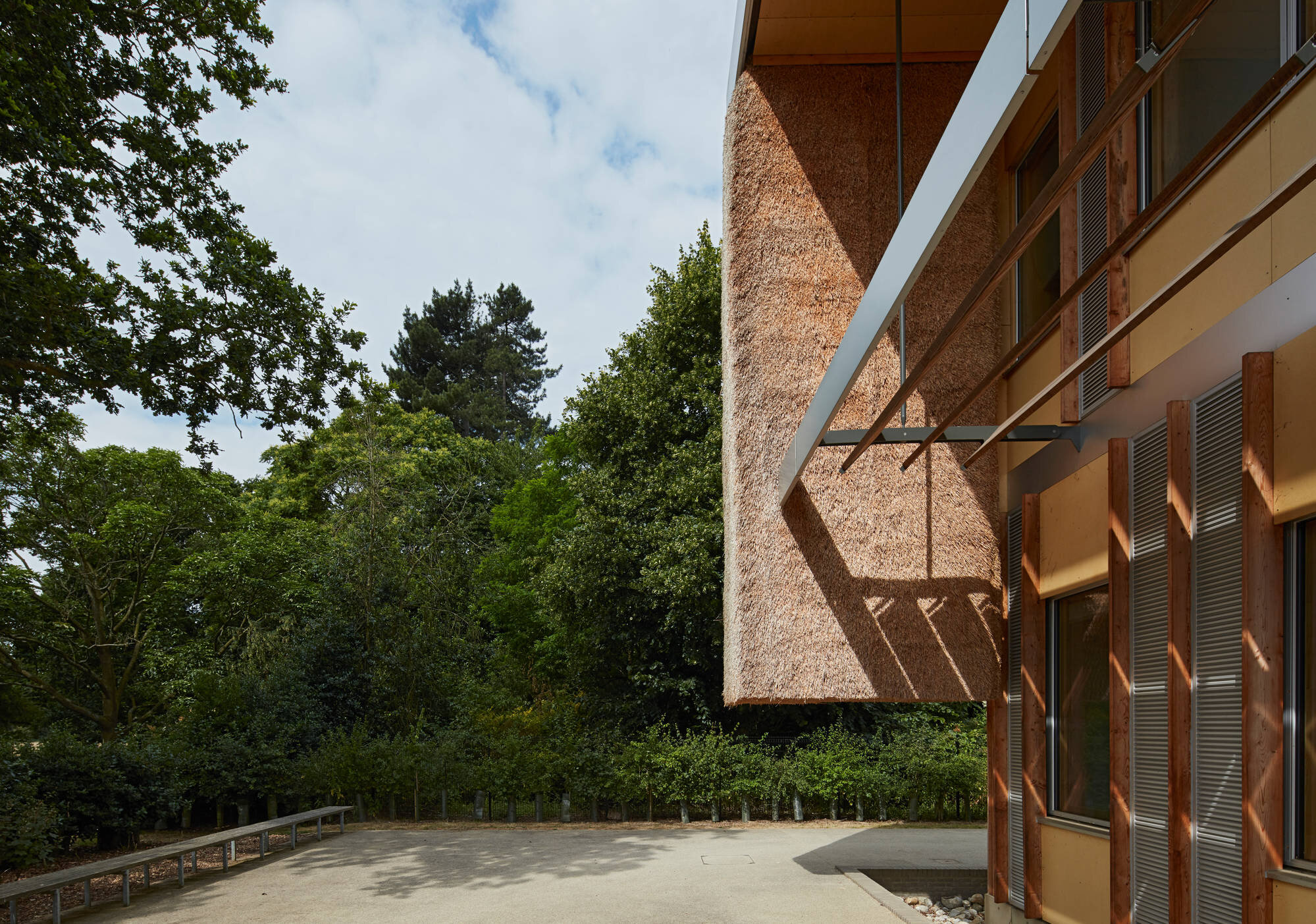
Post-occupancy in Practice
Haworth Tompkins, Liverpool Everyman
A Stirling Prize-winning project from masters of theatre design, Haworth Tompkins, which is now a key example in their internal post-occupancy led learning, developing future practice.Architype, The Enterprise Centre
As the most ambitious of Architype’s projects to date, the post-occupancy evaluation process is vital in informing future practice and making the case for construction with natural materials.Buro Happold, The Bartlett School of Architecture
This refurbishment and extension to University College London’s 22 Gordon Street provides an environmentally responsible home for the prestigious Bartlett School of Architecture.
